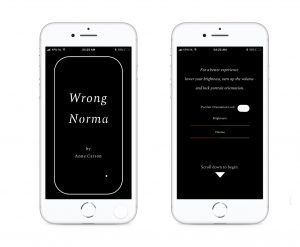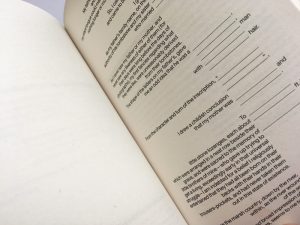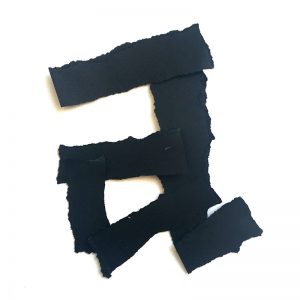
Hierarchy
As a typographer, you can organise text in a visual way so it doesn’t take too much time for the reader to find her way.

Teaching typography is complicated. Typography covers so many different components of visual communication; one could establish an art school that deals with typography alone.
As a typography teacher, the most frequently asked question I get is: ‘How do I choose a typeface?’ My answer: ‘Start with learning about the characteristics of the characters first’. Knowledge is half the battle. Well, in this case: it’s the whole battle.
Teaching typography is complicated, because talking about typography easily becomes a conversation about taste. ‘I think this font is ugly; I looks so aggressive’. ‘I think this type is really nice because it makes me feel warm inside.’ A conversation that ends up in disagreement: subjective terms seem to justify every choice. ‘I am not you, you are not me, so I can do whatever I like.’
Teaching typography is complicated, if we keep talking in subjective terms. We need objectivity to be able to understand. Why?
Typography is embedded in the lives of everyone. People hold on to visual reference for organising their world. To understand the complex role of typography in this, we need crystal clear words to describe what we see. Words that cut right through the noise. We need tools to talk sense: stroke, line, contrast, balance, letter classification, legibility versus readability, micro versus macro typography.
Gaining this knowledge makes sure that you can underpin your design decisions to an audience, whether that is five hundred people or your own mind, without using vague, subjective terms as an amateur would do. So step one: learn to talk like a pro.
Share this post

As a typographer, you can organise text in a visual way so it doesn’t take too much time for the reader to find her way.

She is all over the place, nervously giggling, apologizing for her mood, jumping from one word to another.

Typography has everything to do with the meaning of language.

White means silence, just like silence in music.
Without silence there is no music.

The rules by itself are not difficult. The difficult part is to find your way to use them (or not).